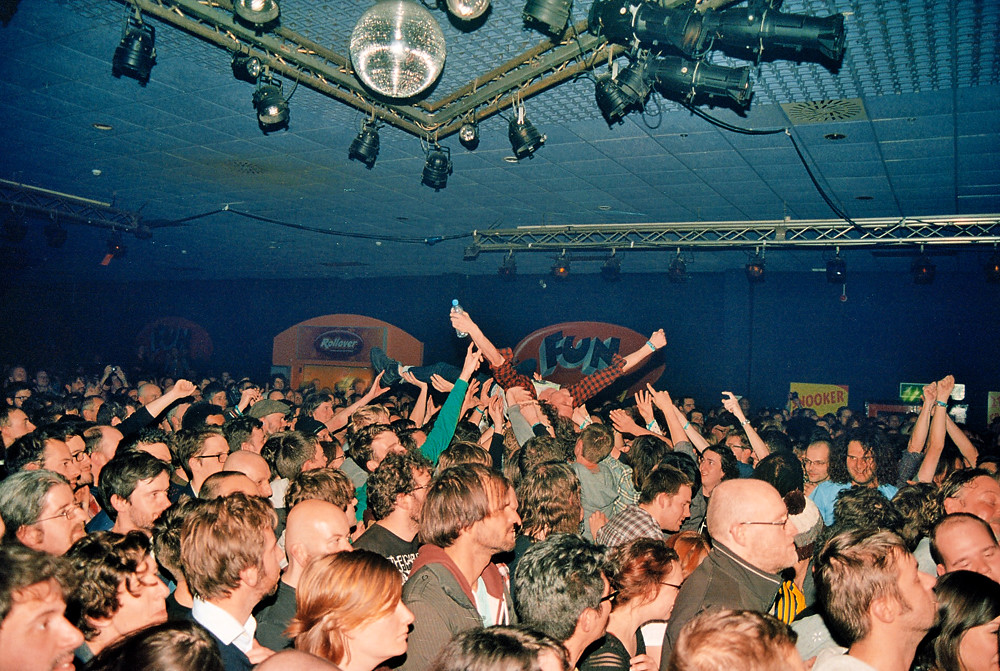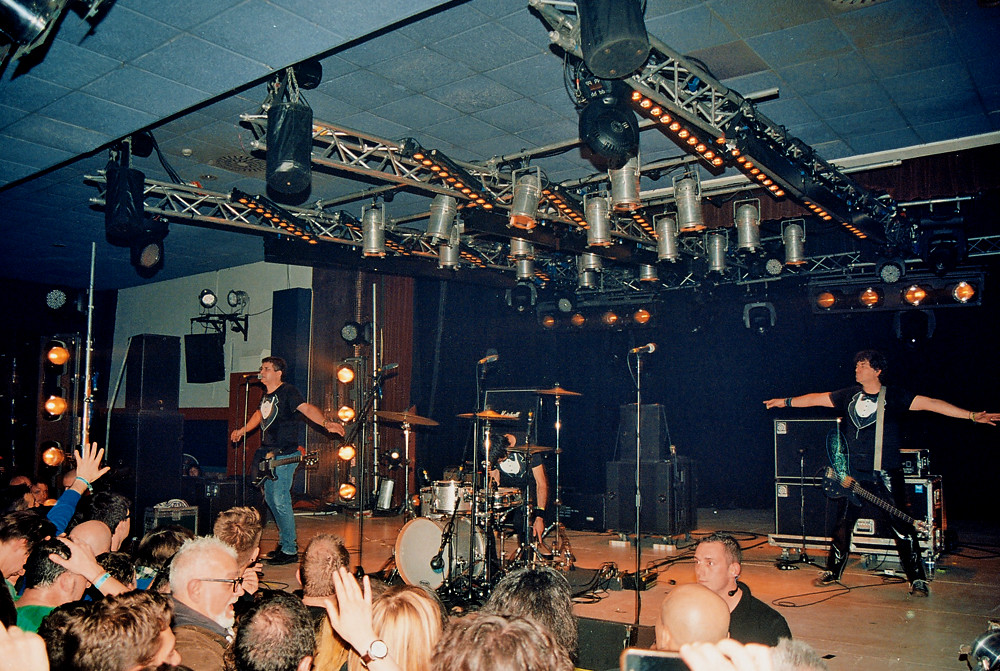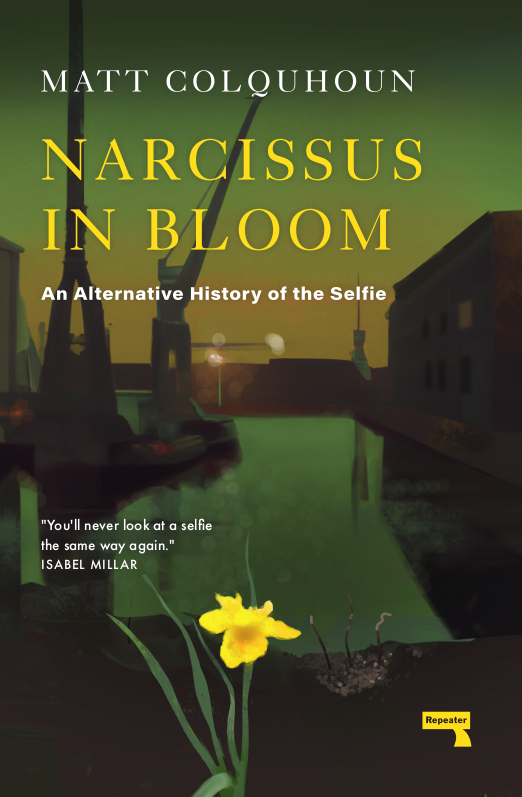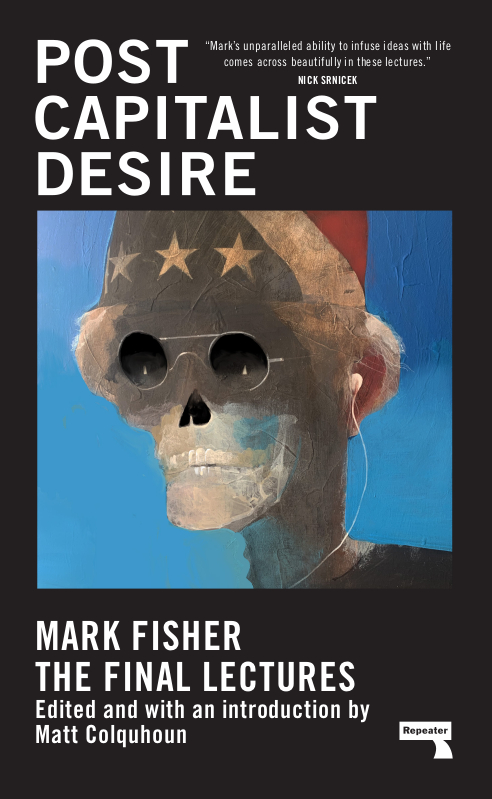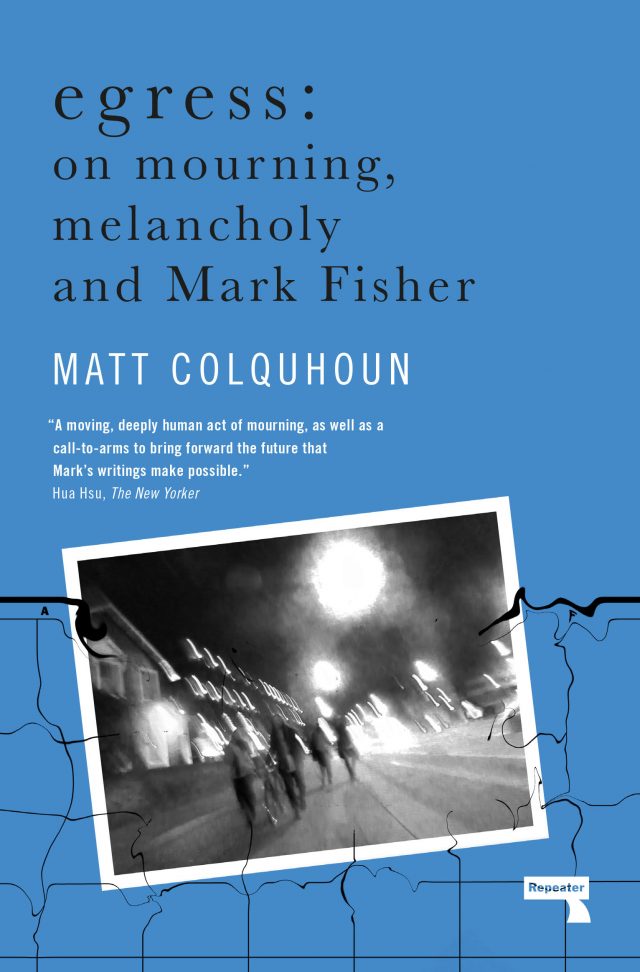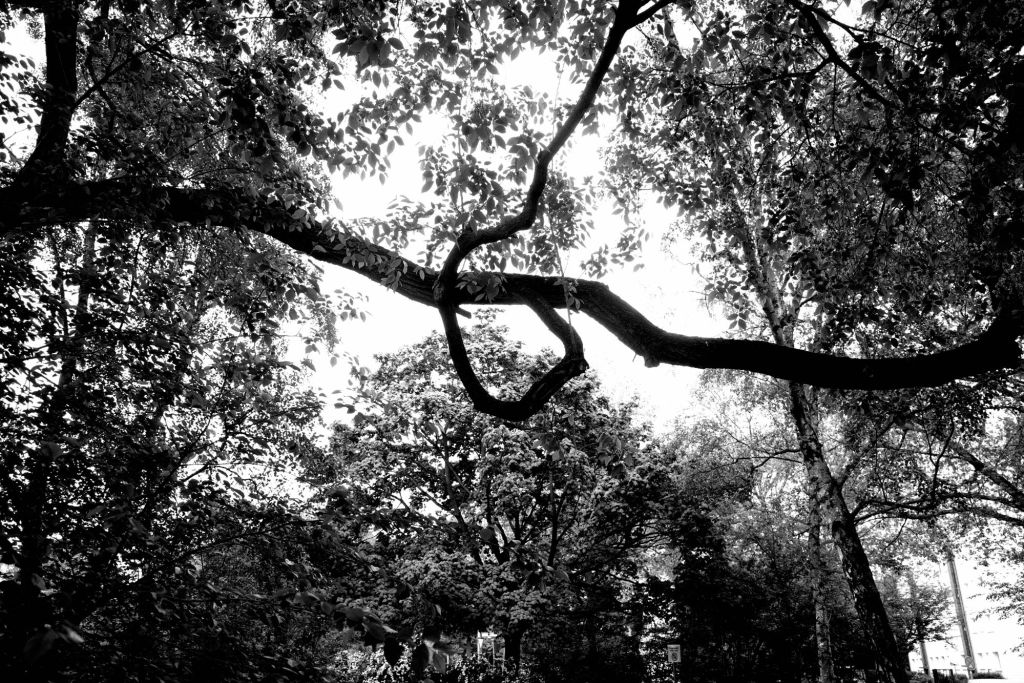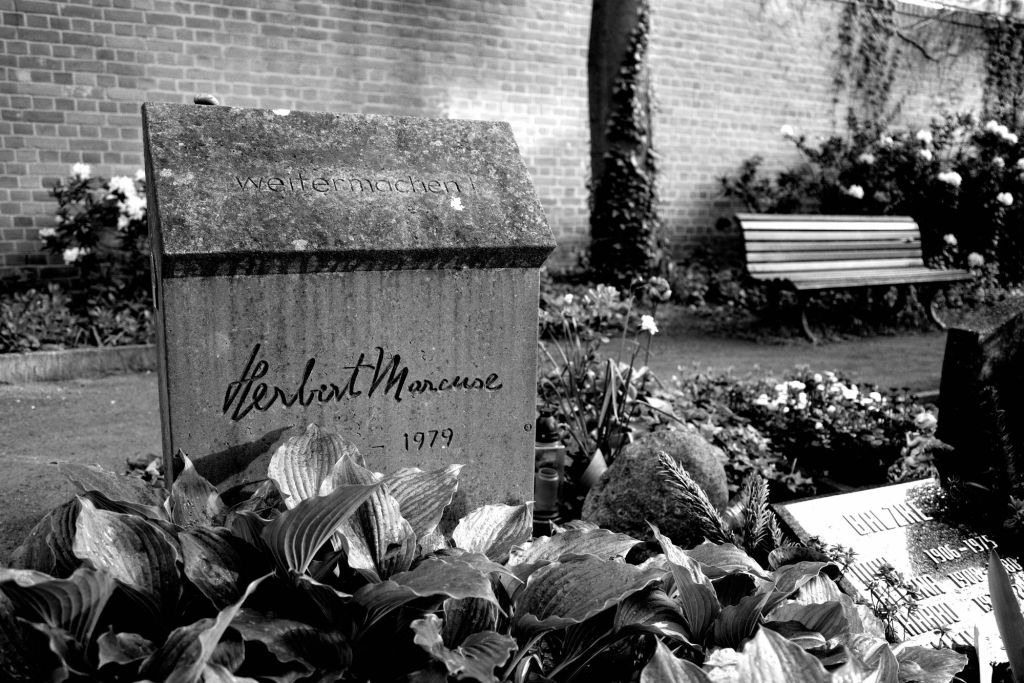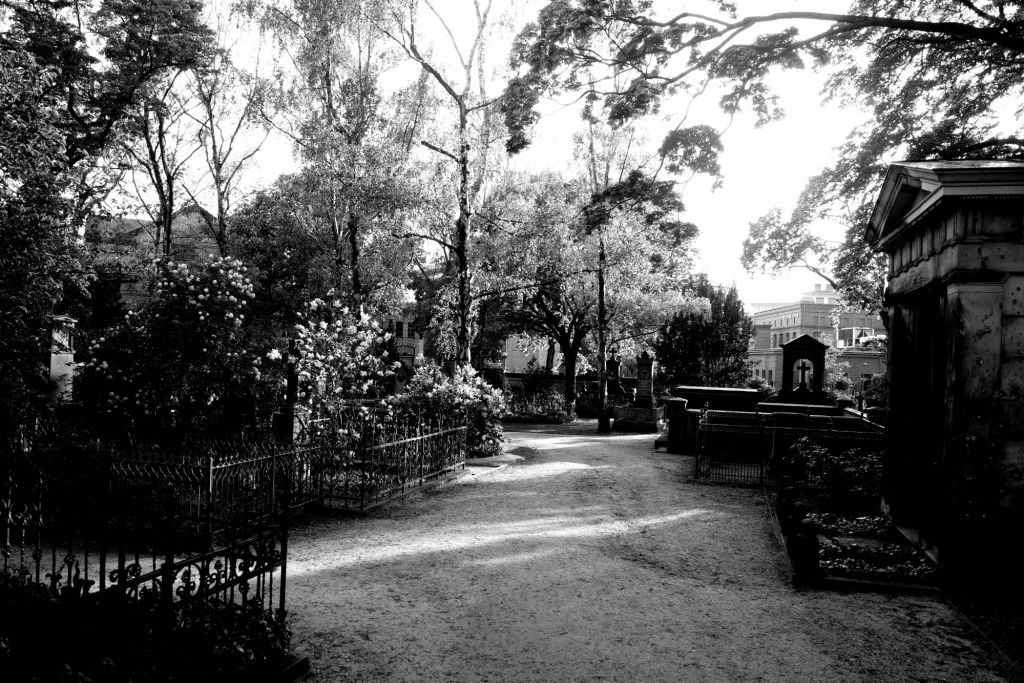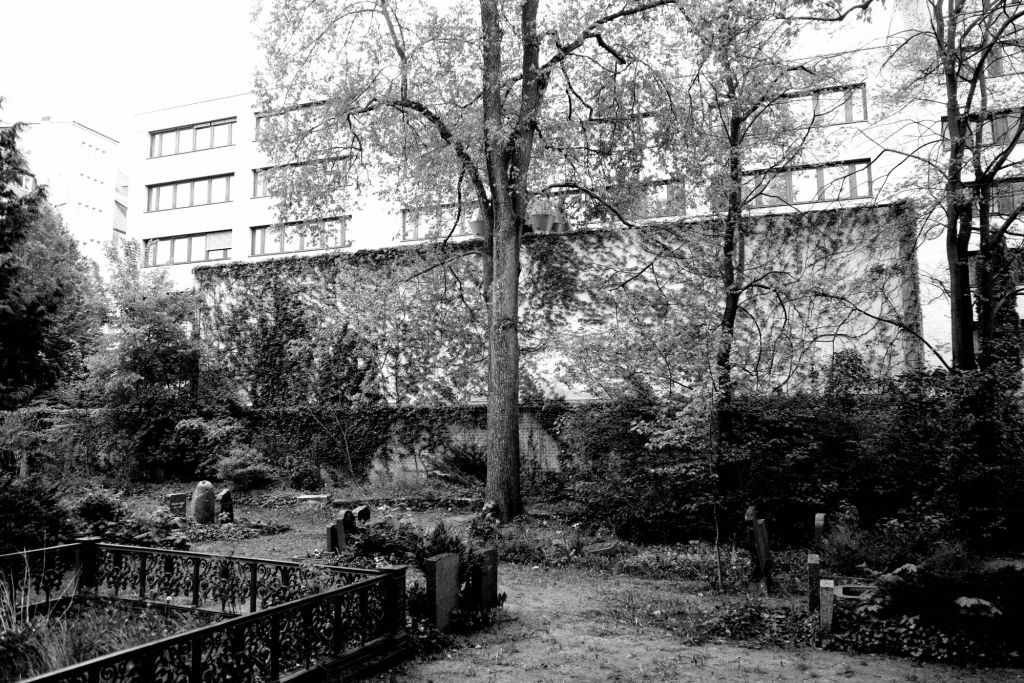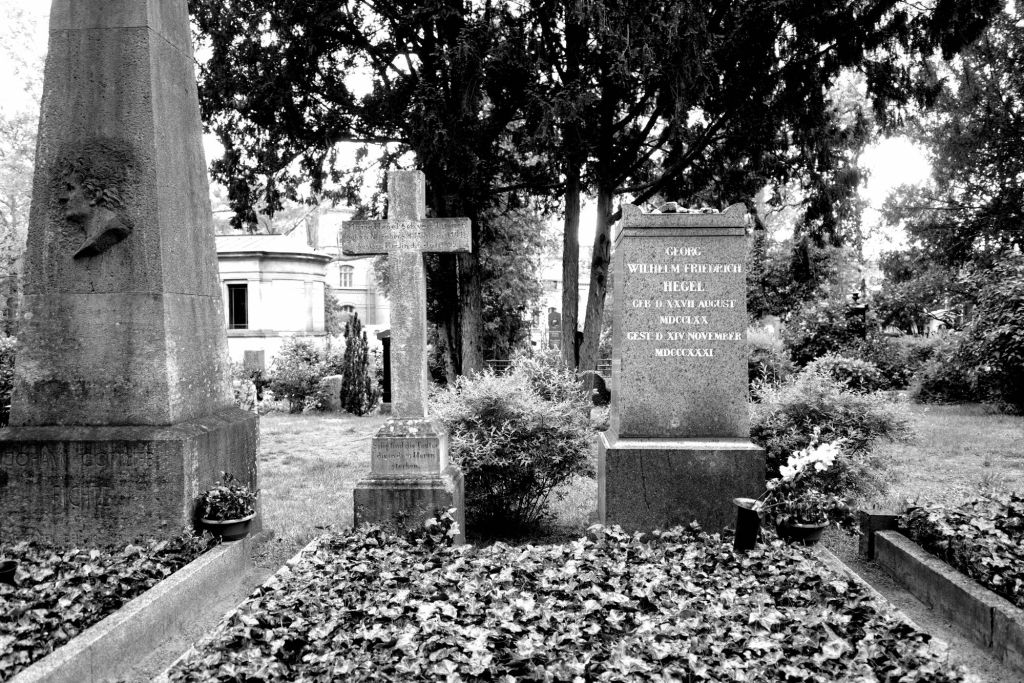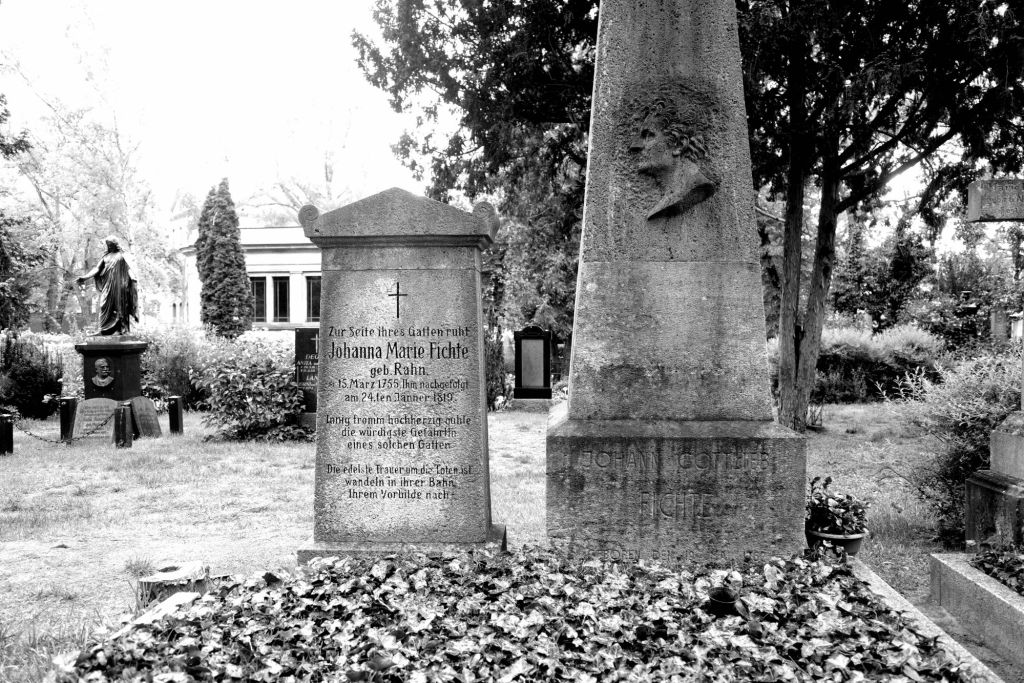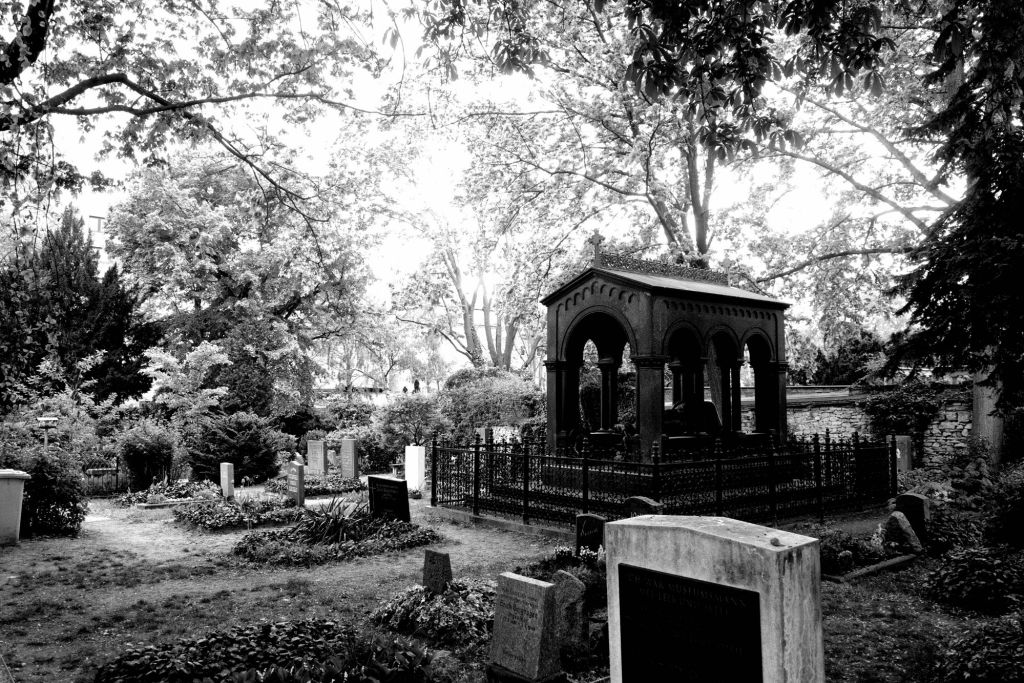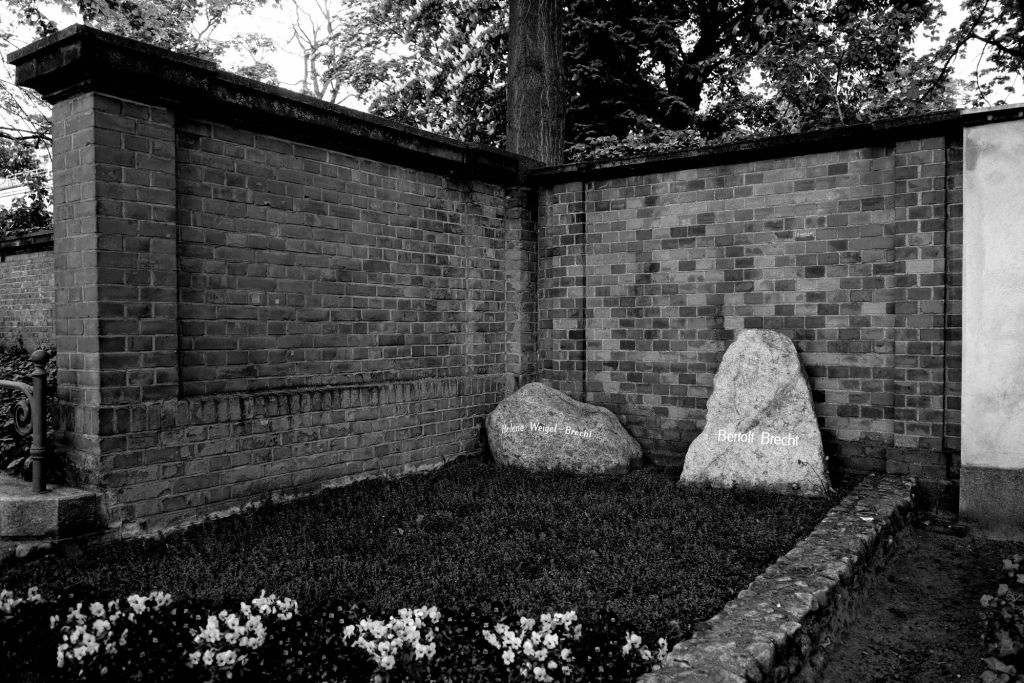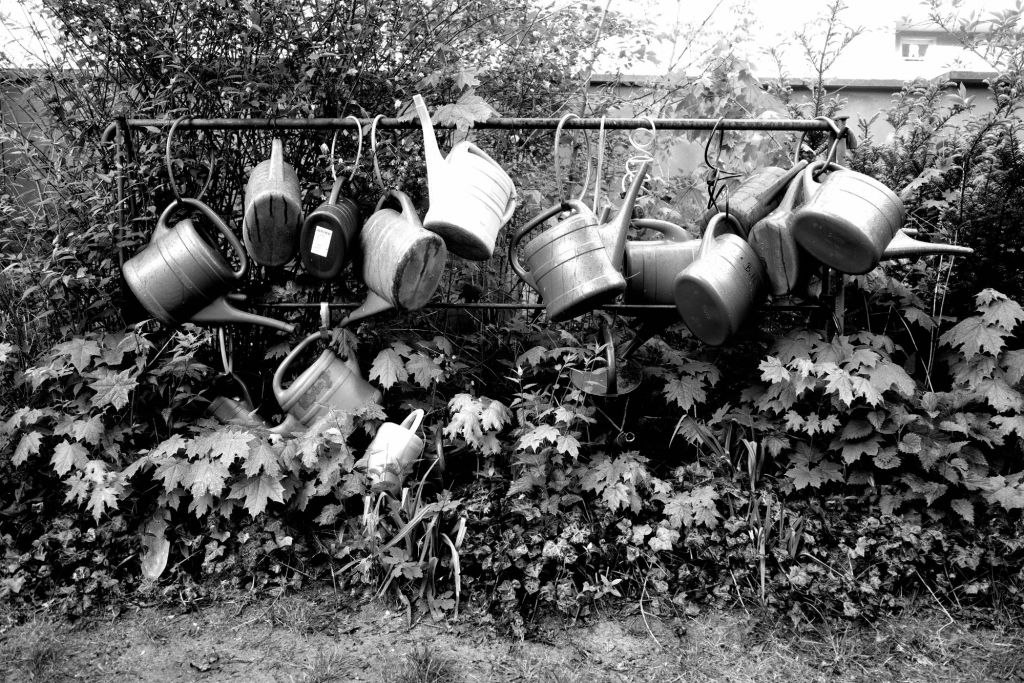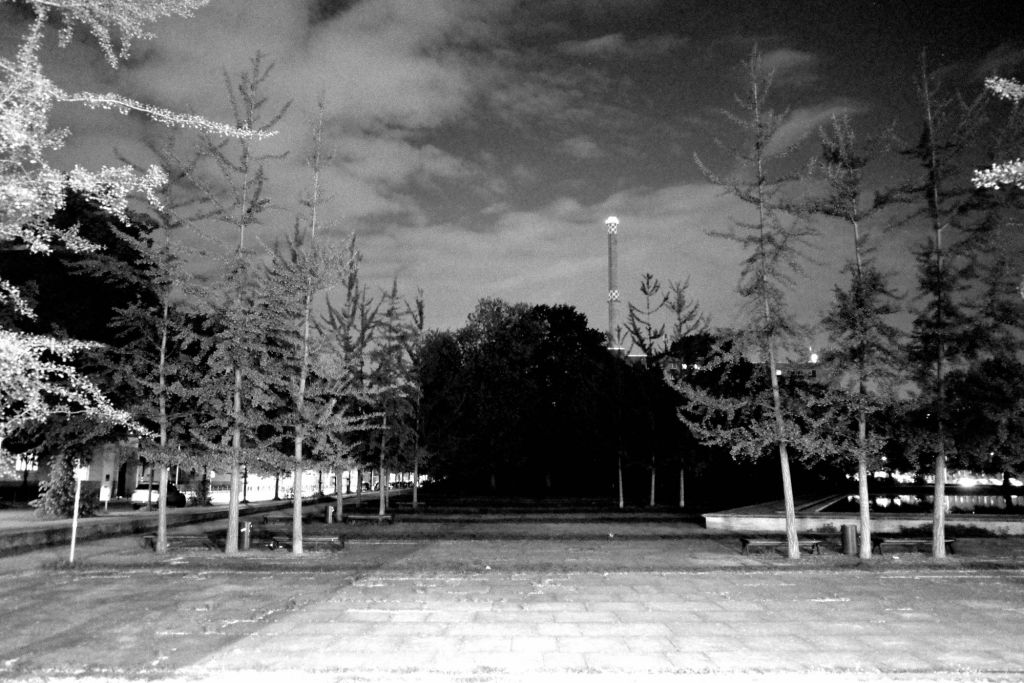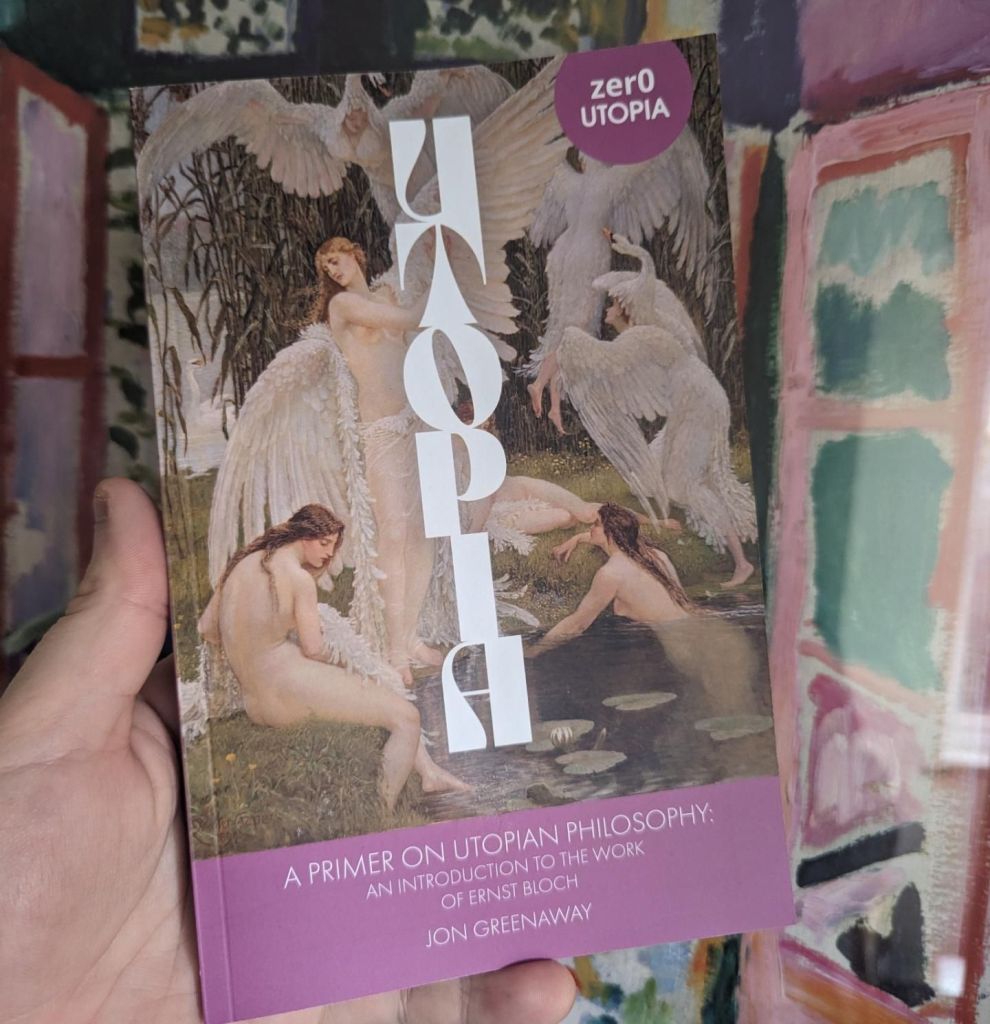“Looking about me upon the wide waste of liquid ebony on which we were thus borne, I perceived that our boat was not the only object in the embrace of the whirl. Both above and below us were visible fragments of vessels, large masses of building timber and trunks of trees, with many smaller articles, such as pieces of house furniture, broken boxes, barrels and staves. […] I now began to watch, with a strange interest, the numerous things that floated in our company. I must have been delirious — for I even sought amusement in speculating upon the relative velocities of their several descents toward the foam below. ‘This fir tree,’ I found myself at one time saying, ‘will certainly be the next thing that takes the awful plunge and disappears,’ — and then I was disappointed to find that the wreck of a Dutch merchant ship overtook it and went down before. At length, after making several guesses of this nature, and being deceived in all — this fact — the fact of my invariable miscalculation — set me upon a train of reflection that made my limbs again tremble, and my heart beat heavily once more.
“It was not a new terror that thus affected me, but the dawn of a more exciting hope. This hope arose partly from memory, and partly from present observation…”
— Edgar Allan Poe, Descent into the Maelstrom
It’s nice that the blogospheric back-and-forth I had with Matt Bluemink of Blue Labyrinths a few years ago — on Mark Fisher, SOPHIE, hauntology and accelerationism — is still provoking some conversation. Someone mentioned it when I was in Berlin last week, and today Alessandro Sbordoni has shared an excerpt from his book Semiotics of the End, over on &&&, which mentions this discussion as well.
What was important to me, in intervening in that discussion, was staying with the trouble of finding new words for things, which reflect the particularity of the present, and at the same time, not replicating a pervasive cultural amnesia that is also indicative of our contemporary situation. This is to say that we can only name new tendencies effectively when we are aware of the battles fought over the names we have otherwise discarded. To fail to do this is to stumble awkwardly over the stakes of the prior debates we are otherwise already alluding to, but generally ignore the nuances of. We must embrace, with amusement, the fact of our invariable miscalculations.
With this in mind, I felt there was an irony in naming a new opposition to hauntology that otherwise forgot prior oppositions to its position — oppositions Mark Fisher himself had already been converted to at the time of his death. “Anti-hauntology”, then, was an opposition far more explicitly haunted by hauntology itself, and so my original contention was that Bluemink’s “anti-hauntology” already had another name that could not be ignored: accelerationism.
To again quote Alex Williams’ critique of hauntology, which I’ve already reproduced dozens of times on this blog and elsewhere over the last few years:
Hauntology’s ghostly audio is seen as form of good postmodernism, as set against the bad PoMo of a rampaging retroism. Beached as it seems we are at the end of (cultural) history, it is certainly a seductive argument. By foregrounding the processes at the material level (sampling, versioning, deliberately invoking buried/false childhood memories etc) it is contended that such music comes to terms with the deadlock which we face, the inability to properly think the new as such, and makes of this condition something positive.
[…] The problem for me at least, is that this is essentially a position of total defeat, absolutely of a piece with the comfortably melancholic disease which has afflicted the left since the 1990s at least. From this perspective, Hauntology is a cowardly move, lusting after utopias that never were, or which are now unreachable, a retreat into childhood/youth, just as trapped in the endless re-iterative mechanistics of the postmodern as the lowest form of retroism, merely in a hyper-self-aware form. In summary, hauntology cedes too much ground to what it attempts to oppose, because of an a priori assumption: that there is nothing else, (at this moment in time at least) that nothing else is possible, and as such we are to make the best of this (and that the best we can do is to hint at the possible which remains forever out of reach- with all the pseudo-messianic dimensions this involves).
Anti-hauntology, in Bluemink’s formulation, falls into this same trap. Even in being named as such, it already cedes too much ground to hauntology and ignores prior attempts to move away from its cultural critique. Instead, Williams’ position, which would soon be termed accelerationism, was as follows:
I would position two strands of argument against this: Firstly (if we believe the hauntologists discursive a priori), as I have hinted at above, we might think a more nihilist aesthetic which seeks not merely to foreground the processes of postmodern audio-necromancy, but rather to accelerate the system to its ultimate demise, to speed up the rate of fashion-flux to a point of irredeemable collapse. Rather than an act of reverence, of mourning, of touching at impossible universes from a distance, this would be a deliberate and gleeful affirmation. Alternatively, we might consider Badiou’s analysis of the emergence of the new, which would entail a more strategic examination of precisely where the pop-musical evental sites and historical situations exist within our current time: those regions which appear, from the in-situational point of view, to be marginal, and properly undecideable.
There is still much to be said for this oft-forgotten cleft between accelerationism and hauntology. These were, in the late 2000s, two new names for a tension already felt between modernism and postmodernism, for example, or already within modernism itself. Modernism, after all, for all its insistence on “making things new”, already contained its own nostalgic positioning. It was vast aesthetic movement that was defined as much by its explorations of new modes of expression as it was with salvaging occulted and occluded processes from the distant past, which were now rendered newly strange to us — think of Ezra Pound’s revolutionary approach to an imagist poetics that was nonetheless informed by the medieval lyric poetry of the Troubadours.
The problem of hauntology, perhaps, was that the strange position of finding the past newly strange had itself been accelerated, such that we were no longer finding the weird and the eerie in Gothic architecture or medieval lyricism, but in the very recently surpassed technologies of the twentieth century. Accelerationism was of value because it intervened in this accelerated process of mourning, in ways that were more distinctly modernist, contrary to hauntology’s overreliance on a postmodernism it otherwise tacitly rejected.
My current feeling is that, in still arguing about the virtues of past and future aesthetics, we continue to miss this point — the “in-situational point of view”. We miss the innate newness of the recombination of forms in the present, which are all around us. We miss the specificity of the objects we are working with. All we see is the deterritorializing processes of the capitalist spectacle, but then accept these processes thoughtlessly and uncritically, failing to consider the accelerationist gambit of intervening in these same processes for our own ends, instead acquiescing to habits of reterritorialisation, which is the real problem of a capitalist culture industry.
It might help us to actually engage with what Deleuze and Guattari mean by deterritorialization and reterritorialization in practice. For our purposes, we can think of a territory as a bordered ground upon which various processes come into play. One such force is capital. But capitalism, amidst all the societal changes that have occurred throughout its development, has both established and lost grounds of various types, as on a battlefield. Given the drastic changes that have occurred within our understanding of culture and music in particular, it can arguably be seen as another territory that capitalism has effectively ‘lost’ also.
But the battlefield analogy only takes us so far. For Deleuze and Guattari, a territory is also a kind of foundational idea. It is not essential that an idea of this sort always be defended territorially, as in war, as if there is one version of an idea that is the ultimate ground of all variants and which must be preserved; territories are instead contested far more passively, as a kind of segmented consistency, a ‘bordered’ thought, that is semiotically (and therefore structurally) recognisable to us. Like territories, then, certain ideas may well appear neutral to us, or at least the contestations they contain may not be immediately apparent; they only become so when we take note of their histories, or the ease with which we can or cannot traverse them.
Guattari explores how the family in a territory in this regard. The family has a cultural history that illuminates its various shifting forms, despite its otherwise insisted-upon consistency: on the one hand, we can consider the family’s previous “aristocratic formation, which starts from territorialised basic elements (the identification of lineage and of house, the role of blood, of the earth, of the coat of arms, etc.)”, that is, the strict internal hierarchy of its representation; on the other hand, we can consider the family’s “capitalist formation, which begins from relatively more deterritorialised basic modules”, bending the aristocratic form to its “abstract codes”. This process of abstraction is integral to capitalism, since it seeks to appropriate the labour of all, irrespective of identity or position with the class structure, thus “produc[ing] men for all occasions, more functionally adaptable than the too stiff, too ‘semiotically crystallised’ aristocrats could be”.
In this sense, whilst the family is generally understood as a model of consistent social reproduction, in which families of a certain culture produce subjects of a similar type, its capitalist formation dismantles its previous elemental hierarchies to prepare all for the labour market, such that social roles are not predetermined but made more malleable. It is no longer the norm that the children of tailors or plumbers or butchers, for example, are expected to follow their parents into the family business. Capitalism thus has a primary function of deterritorialization, which is “the movement by which ‘one’ leaves the territory”, “the operation of the line of flight”, as its forms of subjectivity are necessarily changed and thus lose their prior consistency.
But these forms are soon reterritorialized by structures that “‘stand for’ the lost territory”, such that, although a family of plumbers may not essentially beget more plumbers, it will (or at least should) beget capitalism’s formation of the family at a more basic level. By way of another example – Deleuze and Guattari’s own – we can highlight the capitalist formation of the State more generally, which enacts a process of deterriorialization by moving away from prior forms of subjugating labour, such as feudal serfdom, but its adaptations are “immediately overlaid by reterritorializations on property, work, and money”. These characteristics are radically different from those of prior forms of statehood, but nonetheless retain certain power relations, giving the illusion of consistency. This is the role of reterritorialization.
Summarising this same argument, in light of the familial imperialism of global capitalism, Mark Fisher describes how “the family as a transcendental structure (‘mummy-daddy-me’) provisionally secures identity amidst and against capital’s deliquescent tendencies, its propensity to melt down all preexisting certainties.” This transforms the family into an even more powerful ‘given’, however; it becomes a more calming port of safe harbour amidst the rough seas of capitalism’s general socioeconomic frenzy. Fisher continues: “It’s for just this reason, no doubt, that some leftists reach for the family as an antidote to, and escape from, capitalist meltdown – but this is to miss the way that capitalism relies upon the reterritorializing function of the family.”
The family is hardly an inapposite example here. It is a base form of social categorisation and identification; one we can extrapolate out from into other zones. Moving over to our discussions of music, our reliance of genre likewise becomes a refuge and antidote to capitalist meltdown. This isn’t to say that we shouldn’t name things, but if this naming is not aware of the flows and movements of which they are already a part, it is hardly that useful to us. This was point in the original blogospheric discussion. It is unfortunate, I think, that we have yet to fully appreciate its implications.
From here, we can reiterate the value of Deleuze and Guattari’s proto-accelerationism, which was at once “schizophrenic” in its new approach to the earth’s general ecology — see Gregory Bateson’s attempts to conduct “a science which does not yet exist as an organized body of theory or knowledge” — and its dérives through the then-new aesthetics of the Situationist International. Sadie Plant, for example, whom Mark Fisher studied under in the late 1990s and early 2000s, viewed Deleuze and Guattari’s proximity to the Situationists through their “nomadic subversion of well-mapped territories of thought, code, and convention”, which were also “characteristic of artistic and revolutionary currents in which the situationists were placed.” She thus places them alongside the likes of Francis Picabia – who declared that “‘One must be a nomad, pass through ideas as one passes through countries and cities’” – and others of the Dadaist persuasion who disregarded “the boundaries of discourse, media, morality, cultural, property, and intellectual originality”.
In much the same way, Deleuze and Guattari do not argue for disruption but immediately enact it, persisting through the immediate disorientation of the spectacle and finding within it new ways of transvaluating late-capitalist values. Further echoing Situationist strategies of détournement, they produced complex texts that meander and wander off-piste, rejecting the informal logics of social doxa, by way of a schizophrenizing double bind: on the one hand, “a turning around and a reclamation of lost meaning” — a move of particular importance to hauntology and salvagepunk — and on the other, “a sort of embezzlement of convention … reveal[ing] a totality of possible social and discursive relations which exceeds the spectacle’s constraints” — a move of particular importance to accelerationism.
Of course, “the spectacle” is Guy Debord’s famous term for the deterritorializing processes of postmodern capitalism itself, which he uses to refer to the “immense accumulation [of] images detached from every aspect of life” that nonetheless surrounds us everywhere we look, such that everything “directly lived has receded into a representation”; into “a common stream in which the unity of that life can no longer be recovered”; “a new unity as a separate pseudo-world that can only be looked at”; “a world of autonomized images where even the deceivers are deceived”; “a concrete inversion of life, an autonomous movement of the nonliving”. Personally, I am more critical of Baudrillard and Debord; I don’t think we examine how different our present is from their own. Deleuze and Guattari are essential for this kind of critique. Rather than understand the spectacle as a stultifying total capture, they elect to play a variety of writing-games amidst its blurring of all boundaries.
This is similarly how SOPHIE and Arca approach the writing of music, as explored in the discussion from a few years ago. Here is a quotation from me, highlighted by Sbordini:
When we argue over SOPHIE’s newness, detached from the new sort of subjectivity she represented […] we undermine the radical imposition that was her bold presence as a transgender pop star. […] We reduce cultural value to a decimal point rather than asking what it is actually doing to our sense of ourselves as late-capitalist subjects. SOPHIE did that, and notably with her music.
It is important to remember here that, although it is true the specularization of our world is a product of capitalism’s own processes of deterritorialization, Deleuze and Guattari’s proto-accelerationist approach — according to Mark Fisher — rejects “the idea that everything produced ‘under’ capitalism fully belongs to capitalism.” Reterritorialization is essential for curtailing those things which exceed its bounds, for reclaiming the territories that capitalism loses in the course of its development.
By extension, the tinkering with subjectivities advanced by SOPHIE and Arca works in much the same way, since it is patriarchal capitalism’s stringent politics of sexual difference that nonetheless produces forms of masculinity and feminine we can all play with, as if it were the overtly clear borders of gendered existence that make them all the easier to interpenetrate and overcome. Fisher continues: “By contrast, accelerationism maintains that there are desires and processes which capitalism gives rise to and feeds upon, but which it cannot contain; and it is the acceleration of these processes that will push capitalism beyond its limits.” This is what so much early hyperpop — and it is worth adding that our contemporary use of this genre-marker again seems detached from its initial concerns — plays with so well: the instability of commodity-forms, our libidinal investment in novelty, can be redirected towards more material concerns, rendering them as plastic as the mass-produced culture we otherwise feel contained within (if not more so).
Sbordini summarises this point in the excerpt of his book published on &&&:
To sum up Colquhoun’s argument: “The point is less about whether music itself can innovate and more about whether that innovation actually counts for anything when broader social structures remain so fixed. The point is how does musical innovation disrupt the system at large, intervene in it, move outside of it, push through it.”
But I think Sbordoni’s own conclusion still misses the Deleuzo-Guattarian point when he himself concludes:
Here, the logic of the system is pushed to its limit. But the system does not stop functioning: instead, it functions too well. It does not reproduce the end but the sign of the imaginary.
This speaks to reterritorialization, not deterritorialization. It is a mistake, then, I think, to associate the traversal of limits with ends, with borders. It is not a case of bringing a hard end to capitalism, further doing the work of territorialising its dynamic trajectories, but of following the paths that exceed it, such that it necessarily changes shape and becomes something else.
In missing this point, we fall back into problems that were already critiqued at length by those who opposed the hauntological arguments of the late-Noughties’ blogosphere, at once accepting a kind of total defeat that jettisons the new over the horizon. Sbordini continues:
This is the hyper-nothingness of the medium according to which there is no more any differences between the reproduction of the end and the beginning. This is the reproduction of another kind of nothingness that is more than creation and destruction, more than reality and simulation. There is then no more any differences between the subject of the present and any other subject. Thus, the system reproduces its own apocalypse. The end is both possible and impossible; it is returned to the sign of the imaginary.
You have not seen or listened to anything yet. It is only the beginning.
Here we remain encased within the Debordian critique of the spectacle, but also Lacan’s Borromean knot, which Deleuze and Guattari move decisively beyond, rejecting his formation of “the true psychoanalytic Unconscious, which is only conceivable within the snare of language”, as well as, more implicitly — as in a text like “Of The Refrain” — psychoanalysis’s paltry discussions of music, which still insist on tethering music and singing to Oedipal mother-child relations. There is great freedom in this “hyper-nothingness”, after all. To find oneself untethered, freed from all clear sense of beginning and end, having descended into the maelstrom, produces a demand for improvisation.
David Toop is particularly good on this. He draws on Edgar Allan Poe’s short story, “Descent into the Maelstrom”, quoted at the start of this post, about a sailor who becomes trapped in a whirlpool but miraculously survives. Toop notes how
The narrator recalls an onset of delirium in which he seeks amusement in trying to gauge the velocities of each passing object… Finally he lashes himself to a water cask and throws himself from the boat into the sea. This rash act saves his life… Carried into fishing grounds by the violent after-effects of the hurricane he is picked out of the sea by another boat…
It is a tale that Toop makes analogous to musical improvisation:
Allow stray thoughts, inner tremors, sensory impressions to pass through the body. To listen is to improvise: sifting, filtering, prioritizing, placing, resisting, comparing, evaluating, rejecting and taking pleasure in sounds and absences of sounds; making immediate and predictive assessments of multilayered signals, both specific and amorphous; balancing these against the internal static of thought. From moment to moment, improvisation determines the outcomes of events, complex trajectories, the course of life. Humans must learn to improvise, to cope with random events, failure, chaos, disaster and accident in order to survive. Yet as an antithesis to this improvisational necessity, we find an insidious culture of management strategy, militaristic thought, planning and structured goals expanding through all social institutions, a desperate grasping at simplistic political antidotes to global and economic instability. In this context, the central role of improvisation in human behaviour is consistently devalued.
Deleuze and Guattari’s thought remains close to us here, as does Alex Williams’ interest in the “marginal, and properly undecidable“. In “Of the Refrain”, Deleuze and Guattari turn to humming — as does Toop, albeit analogistically: “Humming in the background of all life — and familiar and alien as breathing — is improvisation.” Deleuze and Guattari short-circuit such a sentence: “humming … is improvisation“, they might say, because “to improvise is to join with the World, or meld with it.” Descent into the maelstrom!
A child in the dark, gripped with fear, comforts himself by singing under his breath. He walks and halts to his song. Lost, he takes shelter, or orients himself with his little song as best he can. The song is like a rough sketch of a calming and stabilizing, calm and stable, center in the heart of chaos.
To hum is not summon the return of the imaginary. The Lacanian formulation is a maelstrom of its own, but also a territorialization of the maelstrom. “The territory is the product of a territorialization of milieus and rhythms”, which “ceases to be directional, becoming dimensional instead”. If we struggle to understand the direction we are headed in, if we take our task so seriously as to render it inert, we miss the very thing we are attempting to analyse. In discussions around music in particular, we remove precisely what is musical about them! When we talk about beginnings and ends, we ignore durations, rhythms; all those things that music cannot exist without. To survive, you have to immerse yourself. Surfs up!
I think it is necessary, then, that we follow Deleuze in suspending the received teleology of revolution (cultural or otherwise), instead observing how the “essence of a thing never appears at the outset, but in the middle, in the course of its development”; “what it was from the outset it can reveal only after a detour in its evolution”. We will never move on if we remained overly concerned with the “origin or birth” of things. We must instead pay more attention, in our attempts at identification, to “difference or distance in the origin” (my emphasis).
How do we do this? How do we deterritorialise? We become more attuned to the process. The artists under consideration in the anti-hauntology discourse enact this emphatically, without fear. The commentary that surrounds them, however, seldom rises to the challenge itself.
